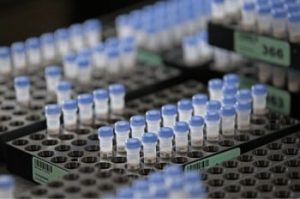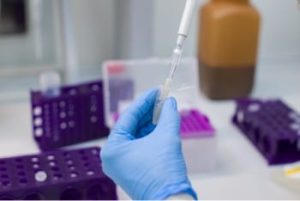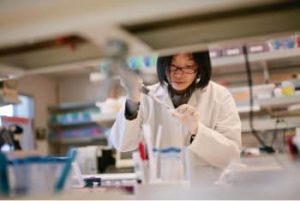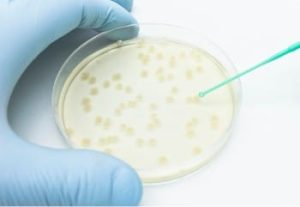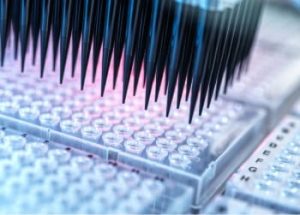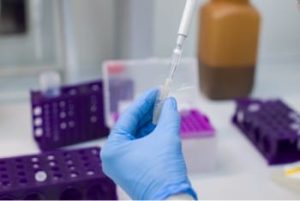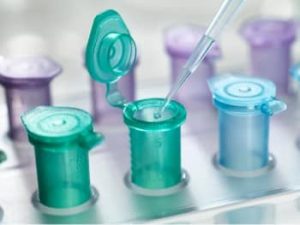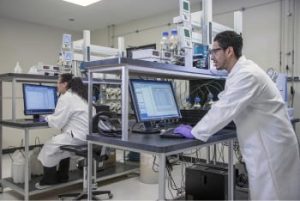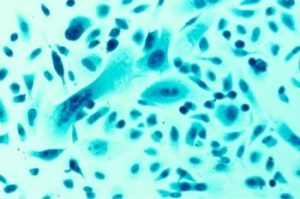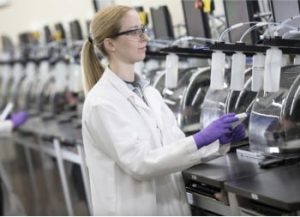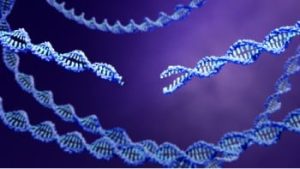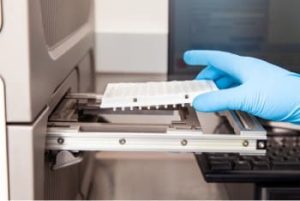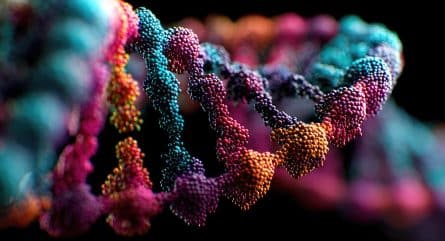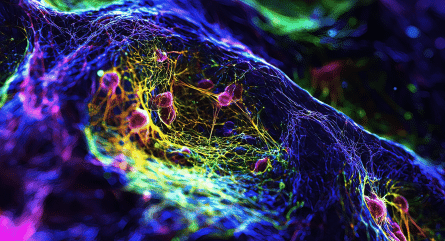Including a second, internal quencher in qPCR probes decreases the distance between 5’ dye and quencher which, in concert with the 3’ quencher, provides greater overall dye quenching, resulting in decreased background fluorescence and improved signal to noise ratio (Figure 1A). IDT offers ZEN and TAO internal quenchers for use in double quenched probes.
The additional ZEN or TAO quencher also increases assay efficiency, as illustrated by a decreased number of cycles required to meet the signal threshold (Ct) compared to single-quenched probes (Figure 1B). This can be critical for identifying targets that are limited due to small sample size or low target expression. In fact, the use of ZEN Double‑Quenched Probes rather than standard single-quenched probes enabled applications that were not previously possible due to very high signal to noise ratio requirements when measuring low picomole quantities of dNTPs [1].

Figure 2 shows that the decrease in background fluorescence obtained when using double-quenched probes is also evident with longer probes. The ability to use longer probes without sacrificing assay quality provides greater flexibility when designing experiments. For example, when interrogating regions of low complexity, it may be necessary to design longer probes to obtain a higher Tm. Unlike single-quenched probes, ZEN Double‑Quenched Probes exhibit low background fluorescence even when 40 nt long (Figure 2).

Use of ZEN and TAO Double-Quenched Probes provides researchers with increased precision and design flexibility in their qPCR experiments. qPCR probes that include the ZEN or TAO quencher (Double-Quenched Probes) can be ordered online from our PrimeTime™ qPCR Probes page.
References
- Wilson P, Labonte M, Russel J, et al. A novel fluorescence-based assay for the rapid detection and quantification of cellular deoxyribonucleoside triphosphates. Nucleic Acids Res, 1(39):e112.
RUO22-1594_002.1

